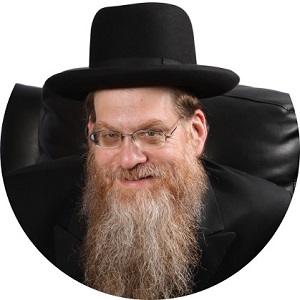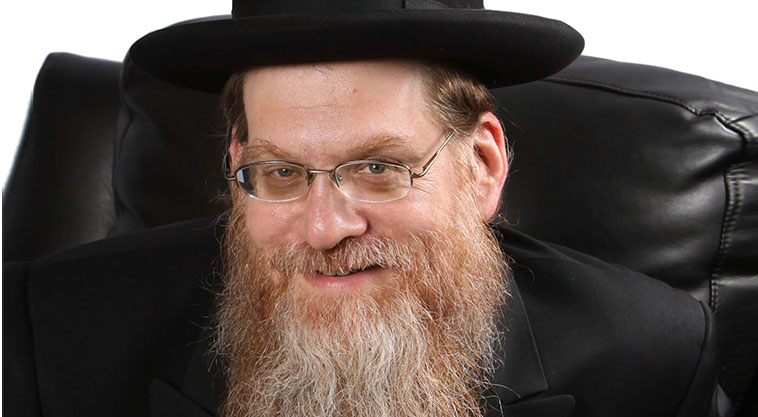Card-Carrying Member

“Rabbi, something happened before the kevurah, and it’s giving me no rest”
“Four Crak! Three Bam! Eight Dot!”
The words roll off the tongues of the four women, intensely focused on the small rectangular tiles before them.
Suddenly, Pearl looks up and shouts in a voice that rises above the din of the women — who, remarkably, while never lifting their eyes off the assortment of illustrated tiles, simultaneously and effortlessly share recipes and kvell over their grandchildren — “Mah Jongg!”
These women are among the thousands of Jewish women who embrace and enjoy (sometimes daily) Mah Jongg, a tile-based game developed in China in the 19th century.
In southern Florida, Mah Jongg lives on as Jewish women look forward to the intellectually stimulating diversion and the social interaction it provides.
None of the other players of the Deerfield Beach daily foursome were too surprised when Pearl Greenspan shouted, “Mah Jongg.” After all, Pearl, at 89, was not only an expert Mah Jongg enthusiast, she was also the resident Mah Jongg “rebbe,” giving a weekly “shiur” on the game in the community clubhouse. Every Tuesday at 11 a.m., over coffee and muffins, Pearl would guide the chevreh of “girls” through the game’s intricacies.
Unfortunately, a few weeks after last Pesach, Pearl passed away in her sleep. The Sunday morning levayah was attended by many, including, of course, her Mah Jongg disciples.
Her son Larry returned to New York following the levayah, and it was there that I went to be menachem avel.
I could sense that Larry wanted to get something off his chest, and when suddenly he and I found ourselves alone in the room, I asked, “Larry, what’s the matter?”
“Rabbi, something happened before the kevurah, and it’s giving me no rest. Right before the burial, Sadie Kaufstein, one of my mother’s closest friends, approached the coffin. To my shock, Sadie slipped the National Mah Jongg League’s new card for 2024 into the aron! I know my mother loved Mah Jongg, and I know Sadie meant well, but placing a Mah Jongg card in the aron??”
I clearly saw Larry’s pain at the thought that his mother’s kevurah had been compromised.
“What did you do?” I asked.
“I didn’t want to embarrass Sadie, so I didn’t do anything. The card is still there.”
I focused on Larry, his face filled with suffering and confusion. I realized that whatever impropriety may have occurred, it was now in the past and could not be undone.
I said, “Larry, there were great tzaddikim of old who asked to be buried with their tzedakah ledgers, which contained an accounting of all the monies they distributed to the poor. They hoped these pages of numbers would act as advocates on their behalf when they arrived at their final accounting.
“Your mother did a great mitzvah by teaching Mah Jongg to others. She brought countless women joy and friendship. Yet most importantly, through Mah Jongg your mother alleviated the most heartbreaking and too often painful reality of older adults: loneliness. That card provided countless hours of simchah to wonderful, elderly, and otherwise lonely Jewish women.
“When your mother arrives at the final judgment, her Mah Jongg card will be stored alongside the tzedakah ledgers of great tzaddikim. In our eyes, it looks like a game card. However, in the eyes of the One Who is the ultimate Baal HaRachamim, it is a cherished and prized gem.
“It will be her VIP first-class ticket to Olam Haba.”
Spontaneously, we embraced and held each other for a long time, as we both realized we had surprisingly found solace through the unlikely source of a Mah Jongg card.
And to have thought for so long it was just a game.
(Originally featured in Mishpacha, Issue 1019)
Oops! We could not locate your form.


